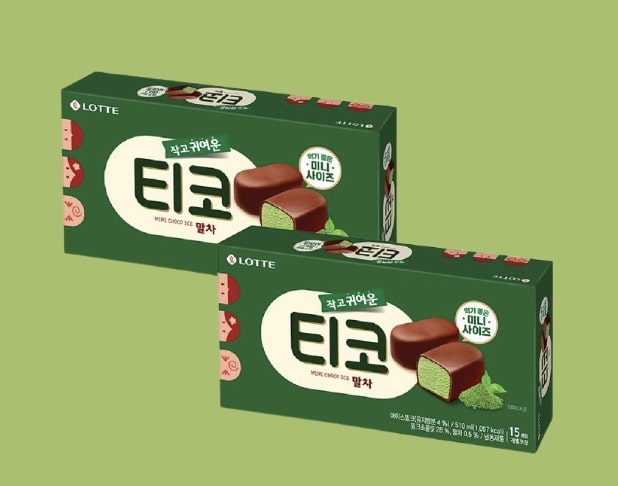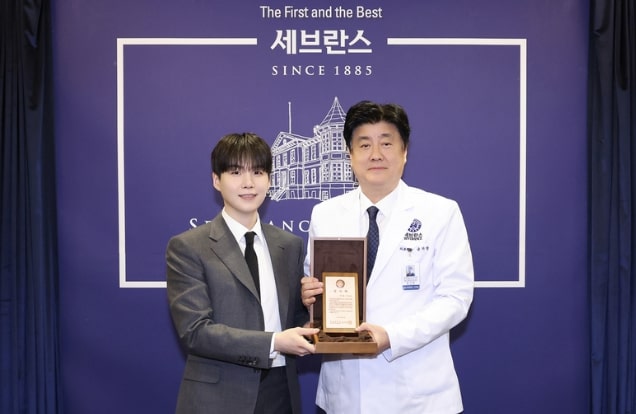
What Korean Food Did the Kings Of Joseon Love?

It was in the palace that Korean Food Culture Was Most Developed
In a system centered on royalty, political, economic, and cultural power was concentrated in the palace.
This led to the development of the most powerful meals. The food was seasonal, carefully prepared, flavorful, and nutritious.
What kind of Korean food did the kings of Joseon love the most?
4 Korean Foods That Korean Kings From the Joseon Dynasty Enjoyed
1. King Injo, the 16th king of Joseon Dynasty’s Favorite – Abalone Dumpling (전복만두)
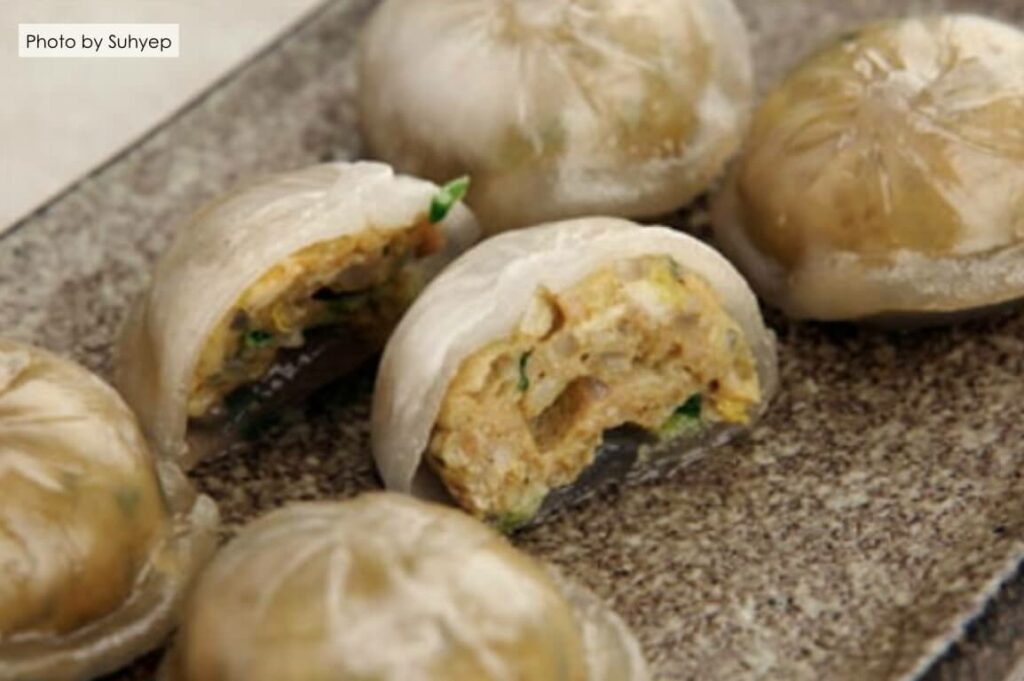
Dumplings are a specialty food made to serve the Chinese vassals sent to Korea.
Later, they slowly became a staple of palace feasts. Dumplings come in different shapes, flavors, and nutritional content depending on the ingredients inside and outside.
Abalone dumplings, in particular, were a favorite of King Injo of the Joseon Dynasty.
Abalone is famous for being the food that Qin Shi Huang, former emperor of China, ate for immortality, and it is rich in protein, minerals, and vitamins, which are good for skin beauty and stamina.
2. King Sookjong, the 19th king of Joseon Dynasty’s Favorite – Fish Cold Cuts (생선숙편)
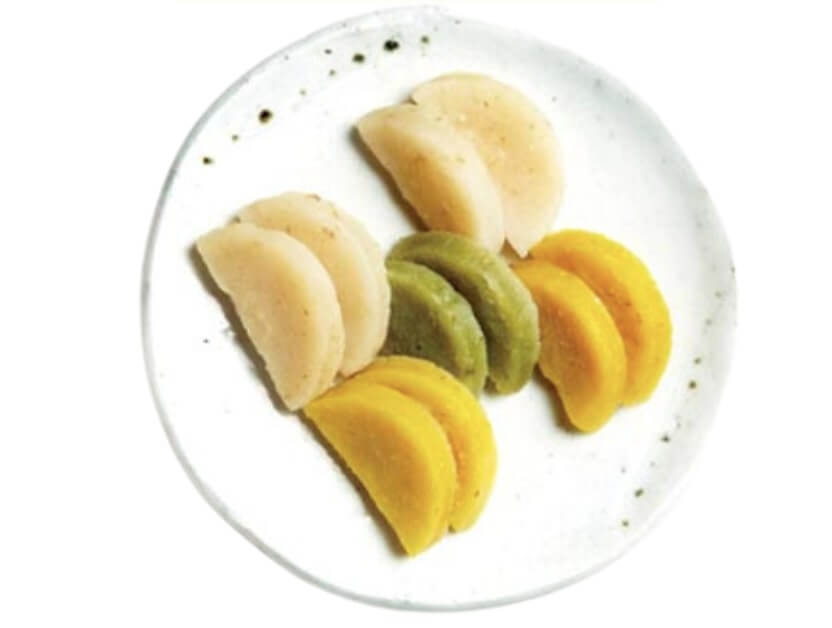
According to records from Sookjong’s 45th year, there was a dish called “Fish Cold Cuts.”
The ingredients were fish, soy sauce, starch, sesame oil, and pine nuts. The fish was mashed, mixed with starch, sesame oil, and soy sauce, and steamed. It was then sliced and dipped in soy sauce with pine nuts!
3. King Yeongjo, the 21st king of Joseon Dynasty’s Favorite – Tangpyeongchae (탕평채)
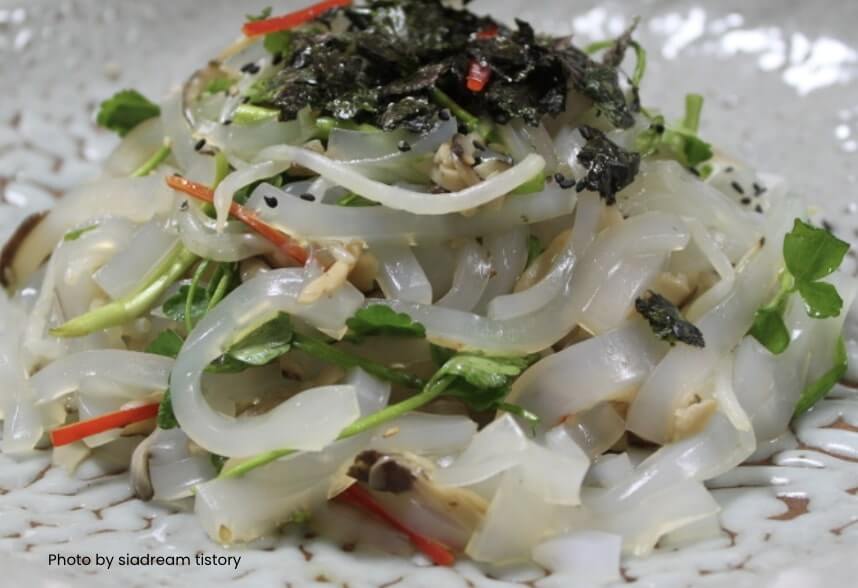
King Yeongjo is said to have enjoyed eating “Tang pyeongchae,” a dish made with mung bean jelly, bean sprouts, seaweed, watercress, and more.
He implemented the “Tangpyeong Policy” to evenly distribute talent to resolve conflicts in the political groups.
One day, Yeongjo saw a menu served with “mung bean jelly mixed with other ingredients” and thought it symbolized “Tangpyeong Policy,” so he named the dish “Tangpyeong Chae.”
4. King Cheoljong, the 25th king of Joseon Dynasty’s Favorite – Turnip Kimchi (순무김치)
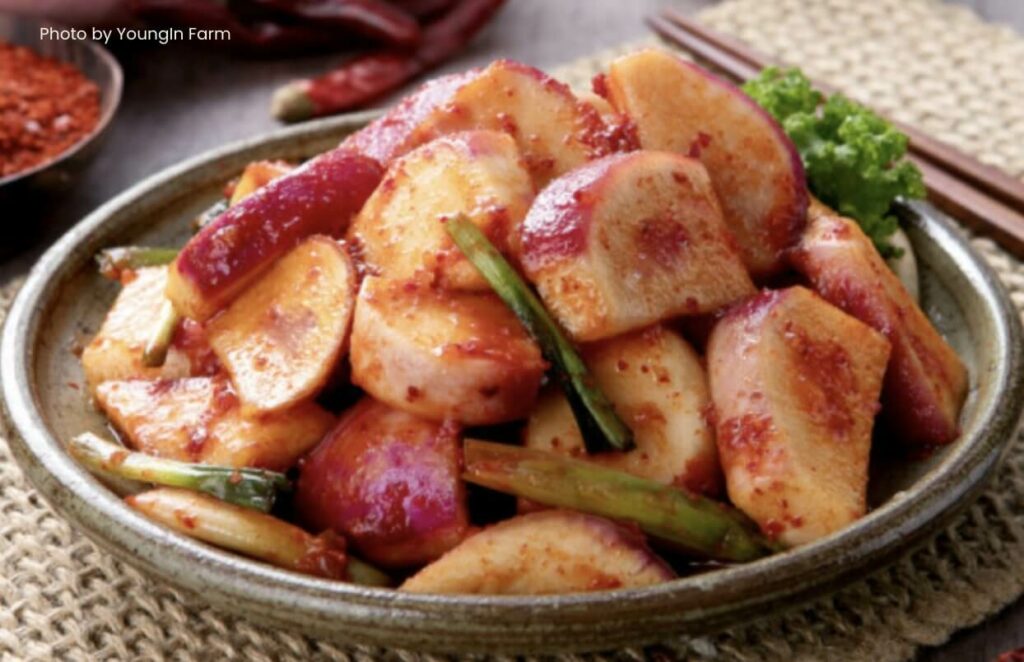
After living as a peasant on Ganghwa Island, Cheoljong, who became king, often ate this dish when he was reminded of his time on Ganghwa Island or when he had no appetite.
It’s a dish of turnips, chives, red pepper flakes, and salted kimchi.
According to the Dongbogam, a precious book of Korean medicine, turnips have a sweet flavor and aid in the digestion of food.
